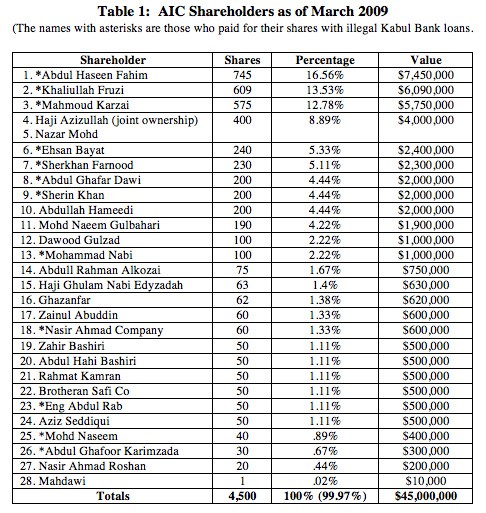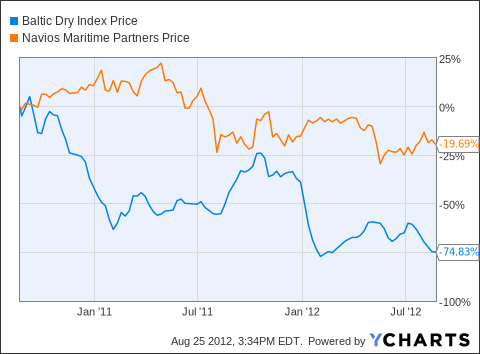Nondividend Distributions
Post on: 2 Июль, 2015 No Comment

subtitle
Updated February 6, 2008
Tax treatment of mutual fund distributions that represent a return of capital.
Mutual funds sometimes make distributions that don’t represent earnings. When you receive this type of distribution, you’re considered to be getting back some of the money you invested in the company. That’s why these payments are sometimes called return of capital distributions. The IRS used to call them nontaxable distributions but now calls them nondividend distributions .
Don’t confuse these payments with exempt interest distributions. Those distributions represent interest received by the mutual fund from municipal bonds and similar investments. Return of capital distributions don’t come from exempt interest or from any other type of earnings.
It’s easy to tell which type of dividend you received. Return of capital distributions — the type we’re discussing on this page — appear in box 3 of Form 1099-DIV, labeled Nondividend distributions. If you receive exempt interest dividends instead, those appear on Form 1099-INT, not Form 1099-DIV.
Adjusting your basis
Before you can determine how to report your distribution, you have to take care of an important piece of business: adjusting the basis of your shares. Your basis is used to measure how much gain or loss you have when you sell your shares. You can think of it as a measure of how much you have invested in your shares. When you receive a return of capital, you’re getting some of your investment back, so your basis in the shares goes down.
If you’re using the single-category averaging method to determine your basis, the basis adjustment is simple. Find the amount in box 3 of Form 1099-DIV and subtract that amount from the total basis of your shares.
If you’re using any other method to determine your basis, you’ll need to take a few more steps:
- Start with the amount in box 3 of Form 1099-DIV.
- Divide that figure by the number of shares to which it applies. This tells you the amount of the adjustment per share.
- Use this per-share basis adjustment to decrease the basis of each separate group of shares you hold.

In nearly all cases, the amount of the return of capital distribution is smaller than your basis in the shares. That lets you know the distribution is truly nontaxable. If you receive a return of capital distribution that exceeds the basis in your shares, be sure to read about reporting capital gain below.
Reporting nondividend distributions
Since 1998 the IRS does not ask you to report these distributions at all. (Before that, you had to report them as part of your dividends and then subtract them so they would be nontaxable.) So the only time you have to report anything from a nondividend distribution is when the amount exceeds your basis in the mutual fund shares.
Reporting capital gain
We explained earlier that you need to reduce your basis when you receive a nondividend distribution. But what if the distribution is larger than your basis?
You aren’t allowed to have negative basis. If your nondividend distribution is larger than your basis, you reduce the basis to zero — and you report the additional amount of the distribution as capital gain on Schedule D.
Example: At a time when your basis in your mutual fund shares is $170, you receive a nondividend distribution of $250. You’ll reduce your basis in the shares to zero — and report $80 of capital gain on Schedule D.
Report this amount as short-term or long-term gain, depending on how long you held your shares.














